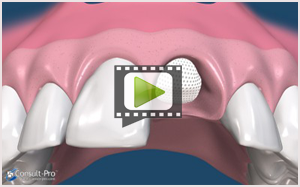Socket Preservation – Jaw bone preservation
This refers to procedures to maintain the amount of bone in the jaw following extractions, in anticipation of placing implant(s), either at the time of extraction, or after the bone graft has healed. The reason for these procedures is that following extractions, there will be a loss of bone both in the horizontal and vertical dimension of the jawbone.
Dry Socket Information
A small percentage of extractions in the lower molar area will result in a “dry socket”. A “dry socket” means there is no protective clot in the extraction site, either the clot is lost too early, or doesn’t form properly.
Causes of dry socket include Smoking, Trauma, Birth control pills and Female hormones.
Here is what a “DRY SOCKET” is:
When a tooth is removed, a “hole”, or socket remains in the jaw bone. Normal healing requires the formation and continued presence of a blood clot in the socket for protection. When the socket is left unprotected causing pain of varying degrees and intensity, which often radiates to the ear. This usually begins 3-5 days after surgery. You may also notice a bad taste and odor.
A “dry socket” is NOT an infection but an inflammatory condition.
A “dry socket” is NOT an ear problem --- pain radiates to the ear from the extraction site.
To reduce your chance of getting a dry socket, please keep your mouth as clean as possible and refrain from smoking for six hours prior to surgery, and for three days after surgery. Smoking has been shown to increase the incidence of dry sockets by as much as four times.
Socket Grafting and Ridge Preservation
When a tooth is extracted, an empty socket remains in order to preserve the bone, reduce bleeding and expedite healing, a socket graft is placed at the time of surgery. It has been shown that if bone grafting is not performed after extractions, 40 to 60 percent of bone may be lost. Socket grafting and ridge preservation also aids in delaying facial aging lines from around lips. This maintaining of bone, allows a variety of restorative options as well as less bulky partials and dentures.

